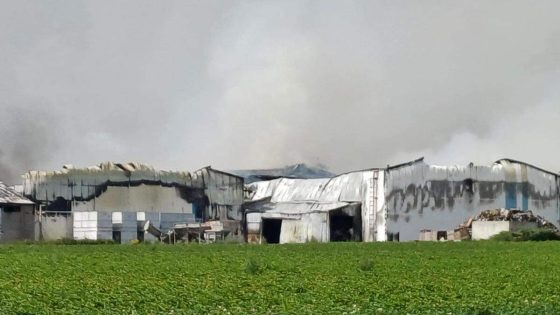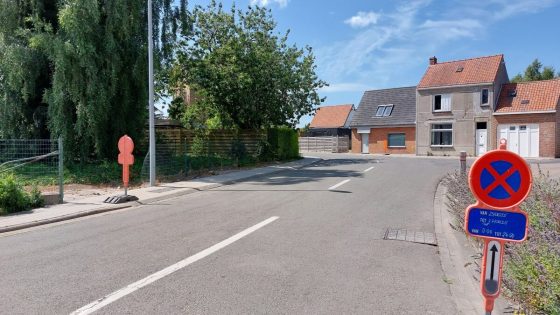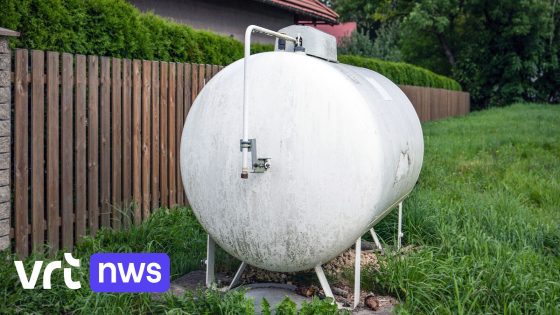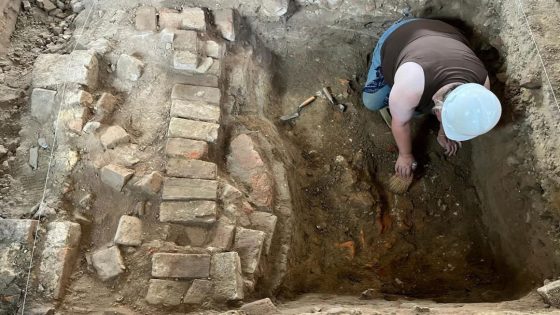Several serious fires have recently impacted Belgian communities, drawing significant attention to local safety measures. The provincial disaster plans were activated and later ended after major incidents in Horafrost and Westrozebeke. On 2025-07-13 18:47:00, authorities confirmed that while the immediate danger passed, emergency teams remain vigilant at the scenes.
- Provincial disaster plan ends after Horafrost fire
- Residents evacuated quickly after Staden fire
- No foul play in Westrozebeke company fire
- Concerns remain about rotting vegetables smell
- News updates provided by Focus and WTV
Residents in Staden faced sudden evacuations during a fierce blaze at a local nursing home, leaving many unsure of what happened. The swift response prevented injuries, but questions remain about how prepared such facilities are for emergencies. Meanwhile, the aftermath of the Westrozebeke fire raises concerns about lingering environmental effects.
What lessons can Belgium learn from these fires? How can communities better protect vulnerable populations and prevent future incidents? These events highlight the importance of readiness and rapid response, which we explore further below.
These fires prompt reflection on Belgium’s disaster preparedness and response strategies. Are our protocols sufficient to handle sudden crises, especially in care homes? Key points to consider include:
- Swift activation and termination of provincial disaster plans demonstrate effective coordination.
- Evacuations in Staden underline the vulnerability of nursing home residents during emergencies.
- Environmental concerns persist post-fire, such as potential odor and spoilage from damaged produce.
- Continuous presence of emergency teams indicates caution despite declared containment.
As Belgium recovers from these events, ongoing vigilance and investment in safety infrastructure remain crucial. Will lessons learned lead to improved fire prevention and emergency readiness nationwide? Citizens and officials alike must stay engaged to protect lives and livelihoods.

































